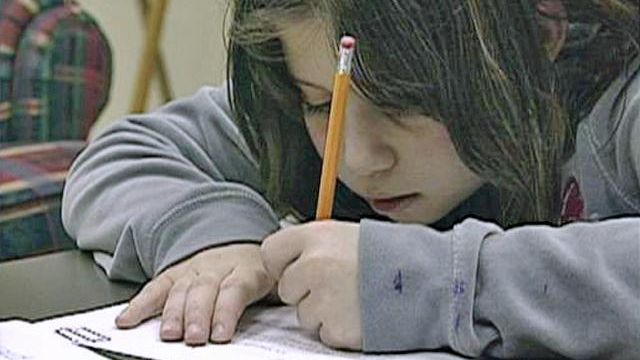Theory of multiple intelligences guides elementary learning
Project Education: Edutopia, a partnership between WRAL-TV and the George Lucas Educational Foundation, brings the story of a Georgia school where children learn according to the different intelligences they have.
Posted — UpdatedOr is your child great with numbers but can't be bothered with books?
"I am mostly visual smart," one student said.
"I'm body smart, because I like sports and to dance," a second student said.
"I'm word smart, because I love to read and I love to write," a third student said.
The theory of multiple intelligences suggests that there are eight different ways in which humans learn.
"If we all had exactly the same kind of mind and there was only one kind of intelligence, then we could teach everybody the same thing in the same way, and that would be fair," explained Dr. Howard Gardner, a Harvard University professor who developed the theory of multiple intelligences.
"But once we realize that people have very different kinds of minds, different kinds of strengths, then education, which treats everybody the same way, is actually the most unfair education," he continued.
Three Wake County schools base their instruction on the theory of multiple intelligences. Douglas, Bugg and Wendell magnet elementary schools apply the curriculum.
At Enota Elementary, teacher Amy Anderson sets up learning stations that utilize different smarts for her first graders.
One group gathers around a large map and sings a song naming the seven continents and oceans.
"They are using their music smart, so they can practice naming those continents and oceans and their locations in the world," Anderson said. The students in that group then map the continents using their picture smarts.
At another station, students use their logic smarts to create a math game from dominoes. Meanwhile, at a third station, students use their body and logic smarts to toss checkers and do addition in a numbers game.
"We try to allow students to shine in the things they truly feel good about," Anderson said. "If we find that thing that they feel most confident doing, then we can use that to help them achieve other milestones."
Enota's students, who come from diverse ethnic and economic backgrounds, have succeeded on many levels. They consistently score in the 80th and 90th percentiles on state standardized tests. Those scores rank among the highest in Georgia.
"They're excited about learning each day, and they're excited about showing what they know, not just making the grade but actually saying, 'I can do this. Watch me,'" Anderson said.
• Credits
Copyright 2024 by Capitol Broadcasting Company. All rights reserved. This material may not be published, broadcast, rewritten or redistributed.





